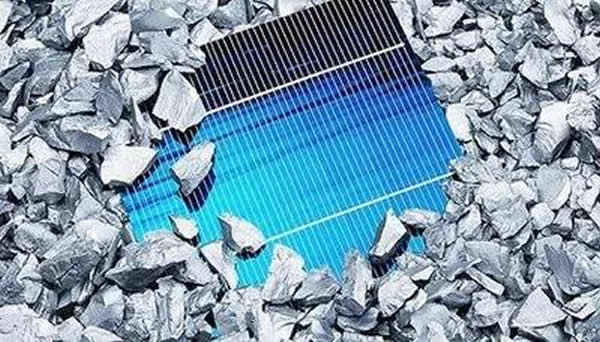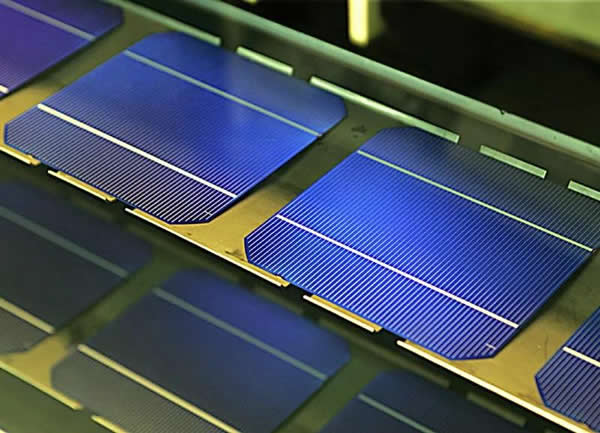China, the United States, Japan, India and Europe have almost occupied 90% of the world's new installed capacity. In 2017, the installed capacity of the top five markets exceeded 80GW. According to statistics and forecasts, the installed capacity of the five major markets will maintain a steady upward trend in the next three years, and emerging markets will accelerate their rise and become the main source of global installed capacity growth.
China's installed capacity market share is gradually increasing. In 2017, the market capacity share reached a peak of about 50%. In the following years, it began to fall back, but it can be controlled at more than 30%.

The installed capacity of the domestic market in the next three years will remain at around 40-50GW. The driving factors include ground power station projects with clear indicators, front-runner projects, poverty alleviation projects, and affordable Internet projects that are not subject to indicators. With the marginal improvement of industry policies, it is expected that the installed capacity of photovoltaics will stabilize at 40-50GW in 2019. With the further reduction of costs in 2020, the scale of affordable online projects is expected to increase.
With the continuous decline in the cost of photovoltaic power generation systems, photovoltaic power generation is expected to usher in the era of cheap Internet access around 2020, and China's photovoltaic installed capacity market is expected to achieve sustained and rapid development. From the perspective of foreign markets, the new market for photovoltaics in India reached 9GW in 2017, which has doubled the growth of new PV installations for three consecutive years. However, from the perspective of cumulative installed capacity, it is still only about 20GW, which is proposed by India. With the goal of accumulating 100 GW in 2022, there is still much room for development.
Under the current system cost, photovoltaic power generation in some emerging regions with better lighting conditions has surpassed traditional coal-fired power generation. With the advent of the era of affordable Internet access, global PV installations will continue to maintain rapid growth. Demand for photovoltaic silicon will be one of the main drivers driving industrial silicon consumption growth.
At present, China is in a critical period of economic restructuring and energy consumption structural transformation. Whether in the future direct consumption of users or in the procurement of power grid operators, photovoltaic power generation will become one of the priority consumption choices of the downstream industry.

Especially in the context of the continuous popularization of distributed photovoltaic power plants in the eastern coastal areas, the demand for distributed solar power generation in the future market will maintain a steady growth state.
At the same time, after the full release and reasonable integration of the upstream processing capacity of crystalline silicon raw materials in the past few years, the upstream cost will be in the decline channel for a long time. Therefore, the upstream and downstream operations of the industry will be conducive to the long-term and stable development of the photovoltaic industry.
In terms of industrial chain profits, the reason for the distribution of profits in the industrial chain is mainly determined by the characteristics of the three aspects. First, the production capacity expansion cycle, the silicon material expansion cycle is the longest, generally up to 18-24 months, and there are The high technical threshold, so the expansion of production cycle is the most obvious, and the component expansion can be completed for half a year, the speed of silicon wafer and cell expansion is at an intermediate level.
Second, the assets are light and heavy, and the investment intensity from the upstream to the downstream production capacity is reduced in turn, and the proportion of depreciation costs in the total cost is also decreasing. Third, the technology iteration speed, the current process and cost of polysilicon materials are relatively mature, and the technology iteration The speed is not too fast, and the battery has the fastest iteration.









